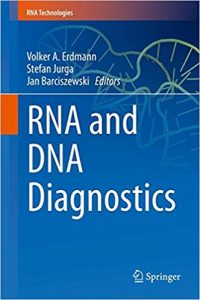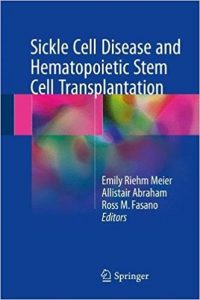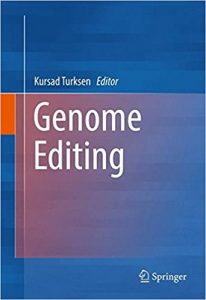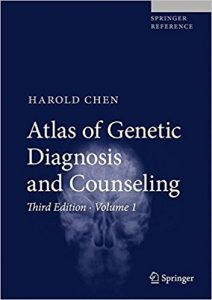Androgen-Responsive Genes in Prostate Cancer: Regulation, Function and Clinical Applications

[amazon template=image&asin=1461461812]
Recent studies demonstrated a key role of the androgen receptor in the development of castration-recurrent or -resistant prostate cancer (CRPC), which is deadly and in urgent need of more effective therapies. Understanding the functions of androgen-responsive genes and their regulation and deregulation in prostate cancer progression may lead to new approaches to prevent and treat prostate cancer patients.
This book provides an up-to-date review of the overall androgen-responsive gene expression program and the regulation, function, and clinical relevance of both protein coding and non-coding androgen-responsive genes. Experts in the field of androgen action and prostate cancer research discussed the importance of DNA elements, chromatin structure, cellular signaling, and cell-cell interactions in the regulation of androgen-responsive genes in the context of prostate cancer progression, including the development of CRPC. This book is intended for individuals interested in cancer endocrinology and medical and healthcare professionals involved in prostate cancer research.
About the Author
The volume editor, Dr. Zhou Wang, is well-noted in the field of prostate cancer and he is theChair for Urological Research at the University of Pittsburgh Medical Center, as well as the co-director of Urological and Prostate Cancer Program at the University of Pittsburgh Cancer Institute.He has also conducted several scientific reviews for several top journals in the area of cancer research.









